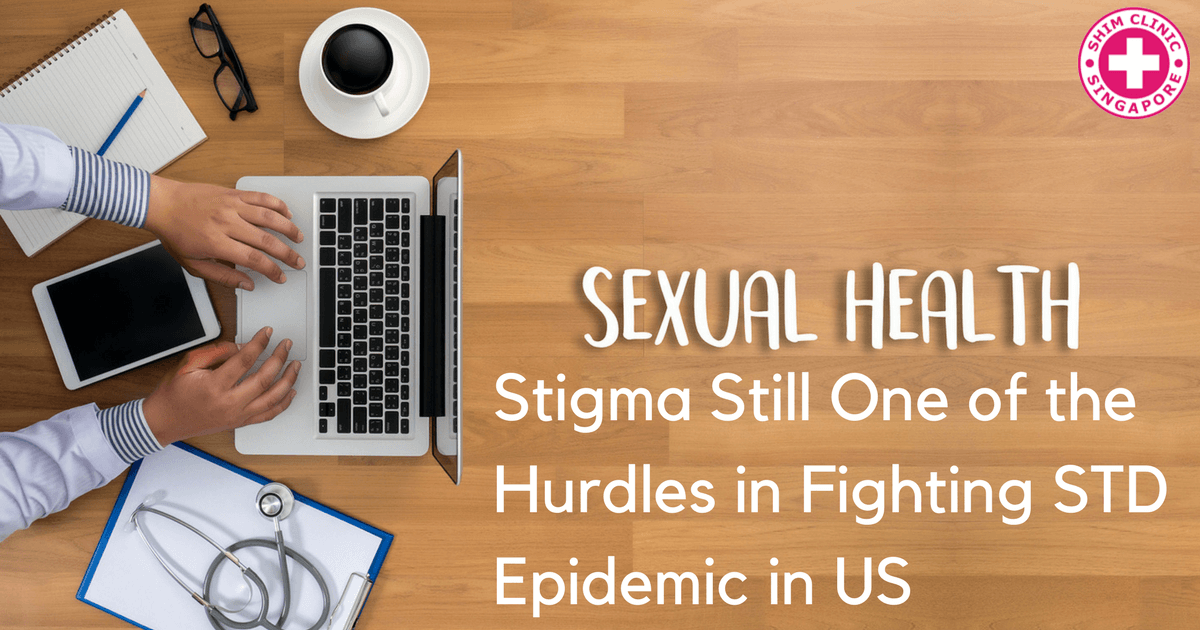This year, the Centers for Disease Control and Prevention (CDC) is paying special attention to syphilis as part of it annual STD Awareness campaign. Even though syphilis is the third most common STD in the US, its cases have been reported to be at the highest point in 20 years.
Primary and secondary syphilis cases reported in the US rose by 19% from 2014 to 2015. There were about 24,000 cases reported. Chlamydia and gonorrhea holding position one and two respectively, rose by 5.9% (1.5 million cases) 2.8% (400,000 cases) respectively.
In total, the three highest reported STDs, reached a record high of an estimated 1.9 million cases. When it comes to prevalence of new and existing STDs, the total annual number of chlamydia, gonorrhea, syphilis, HIV, herpes simplex virus type 2, HPV, hepatitis B, and trichomoniasis, reported cases is 110 million nationwide.
Reasons Why STD Prevalence is At an All-Time High
There is a dramatic increase in syphilis cases among men having sex with men (MSM) in the US. When it comes to the general population a poor STD control program is to blame for the rise in STD cases.
Screening for STDs is happening almost half of the time with very few people getting screened even though the CDC has recommended screening of young women who are sexually active. The HPV vaccine has also not been taken as seriously as it should. This is sad because with the vaccine, the US can eradicate HPV just as Australia has.
Young people are at the highest risk of getting infected with STDs. Another high risk population is the MSM. Nonwhite races have also recorded higher STD rates than the white race.
Stigma Still The Biggest Challenge Clinicians Face when Treating STD Patients
Stigma is a huge challenge when it comes to treating STDs in the US. People for fear of facing stigma refuse to give honest accounts of the sexual risks they have engaged in. It takes a lot of effort for health care providers to make patients comfortable enough to open up.
With most STDs not showing real symptoms, patient disclosure is paramount in helping diagnose such STDs. Stigma is especially high among gay people as same-sex behaviour is still unacceptable to a lot of people in the US.
Another challenge is the misconceptions about STDs among healthcare workers. STD evaluation is still limited among majority of health care providers. There is therefore, high need for provider education.
Lack of point-of-care diagnostic test for STDs is another challenge. Most healthcare providers rely on screening to detect asymptomatic infection. This is very hard to do especially in cases where there is no good test. Even when there are good tests, the results still long before they are read.
This becomes a barrier to immediate treatment as clinicians will not automatically get the precise results of the test during their session with the patient. There is a high risk that the patient will not come back for the test results and therefore miss on treatment.

